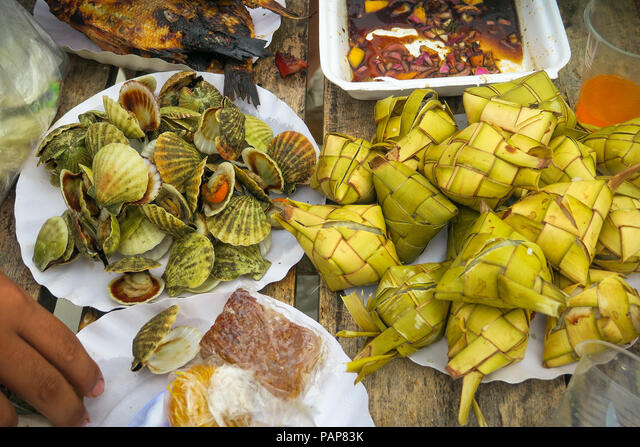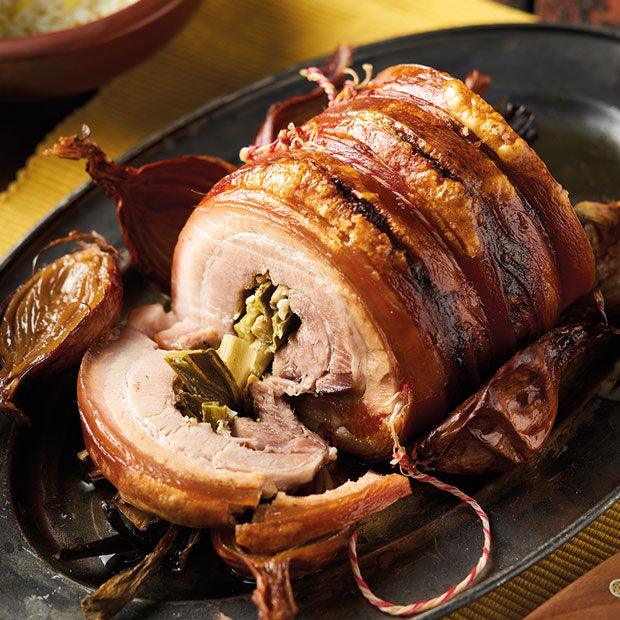Puso, also known as hanging rice, is a distinctive culinary creation from Cebu that offers a unique twist on the traditional way of cooking and serving rice. This delightful dish not only reflects the ingenuity of Cebuano cuisine but also plays a significant role in the cultural and social practices of the region.
What is Puso?
Puso is rice that is cooked inside woven pouches made from coconut leaves. These pouches, carefully crafted by hand, are shaped into small, compact containers that hang together in clusters, hence the name “hanging rice.” The method of weaving these pouches is a skill passed down through generations, adding a personal and cultural touch to each serving of puso.
Preparation Process
The preparation of puso starts with weaving the coconut leaves into small, tight pouches. This intricate process requires skill and precision to ensure that the pouches are sturdy enough to hold the rice while it cooks. Once the pouches are ready, they are filled with uncooked rice and then boiled in water until the rice is fully cooked. The result is perfectly cooked rice with a slightly sticky texture, infused with a subtle hint of coconut from the leaves.
Culinary and Cultural Significance
Puso holds a special place in Cebuano culture and cuisine. It is often served as a staple side dish in various settings, from street food stalls to large gatherings and fiestas. Puso pairs exceptionally well with a variety of dishes, particularly grilled meats like Cebu lechon (roasted pig), barbecue, and other savory foods. Its portable nature makes it a convenient choice for picnics, road trips, and outdoor festivities.
Versatility and Enjoyment
One of the remarkable aspects of puso is its versatility. It can be enjoyed on its own or as a complement to a wide range of Filipino dishes. The compact, individually wrapped portions make it easy to share and serve, enhancing the communal dining experience that is central to Filipino culture. Additionally, the weaving of the coconut leaves not only serves a practical purpose but also adds an aesthetic appeal to the meal, making it visually appealing and intriguing to visitors.
Environmental and Economic Benefits
The use of coconut leaves for wrapping rice in puso also presents environmental benefits. It reduces the reliance on plastic or synthetic materials for packaging, making it an eco-friendly alternative. Moreover, the crafting of puso supports local economies, providing livelihoods for those who specialize in weaving the pouches and preparing the rice.
A Culinary Experience to Remember
Trying puso is a must for anyone visiting Cebu. It offers a unique and authentic taste of Cebuano culture, showcasing the creativity and resourcefulness of the local people. Whether you’re enjoying it with a sumptuous plate of lechon or savoring it on its own, puso is more than just rice—it’s an experience that connects you to the heart and soul of Cebu.




